We re-publish here an article written by our comrade Andy from Goldsmiths Marxists in 2017, which outlines the radical history of tenants’ struggles in Britain, from the beginning of the twentieth century onwards. While the ideologists of capitalism maintain that we have come a long way since the days of slum tenements, the reality is that poor housing conditions are an everyday experience for many workers and youth in Britain. And, with the current housing crisis pushing many students into organising rent strikes up and down the country, there’s no better time to reflect on the lessons passed down to us from the struggles of the past.
The story of modern housing in Britain and the political movements that developed around it begins, as with so many things, with the birth of capitalism. Under feudalism the vast majority of the population were peasants, living at the whim of their landowner in tied cottage. The Enclosure Acts created a massive increase in rural poverty and saw the establishment of the first public workhouses. But with the rise of the industrial revolution in the early 19th Century, people began to pour into the newly ascendant cities in search of employment.
A few industrialists and independent organisations provided housing in tenement blocks, while some factory owners even built entire villages for their workers, such as Bournville , the famous home of Cadbury’s chocolate. But for the vast majority of workers the cities and towns were totally unprepared for their influx, and the result was the development of the appalling slums which would blight Britain’s cities until after the Second World War. Workers were crammed into crumbling, unsafe and unhealthy buildings, enduring terrible conditions at the hands of ruthless landlords.
Jack London, the American socialist author, lived in London for a period in 1902 and described the conditions of working class life in the People of the Abyss:
“Beds are let on the three-relay system — that is, three tenants to a bed, each occupying it eight hours, so that it never grows cold; while the floor space underneath the bed is likewise let on the three-relay system. Health officers are not at all unused to finding such cases as the following: in one room having a cubic capacity of 1000 feet, three adult females in the bed, and two adult females under the bed; and in one room of 1650 cubic feet, one adult male and two children in the bed, and two adult females under the bed.”
Alongside the growth of trade unions as a means of defence against the vagaries of nascent capitalism, the working class began to develop the first organisations centred on housing. Tenants’ organisations were formed across the country, protesting against high rents imposed by private landlords.
From its very beginning, the tenants’ movement and organisations were closely linked to the trade unions and labour movement as a whole. This can be seen in tenants’ use of collective mass action and the development of rent strikes as a tool for achieving demands. For example, the great East London Dockers Strike of 1891, which ended in victory for 100,000 dock workers, was supported by a rent strike across the East End as dockers and their supporters refused to pay their rent. Trade unions across the industrial spectrum began to campaign around housing issues and take up the demand for municipal housing during this period.
At this time all housing was privately owned. It wasn’t until the Housing of the Working Classes Act of 1890 that parliament even began to consider the atrocious housing conditions of workers. The Act gave the London County Council the power to buy land and build housing, resulting in the completion of the Boundary Estate in 1900. These powers were later extended to all councils, but the construction of municipal housing was limited while squalor remained the norm for most workers.
The 1915 Glasgow rent strike
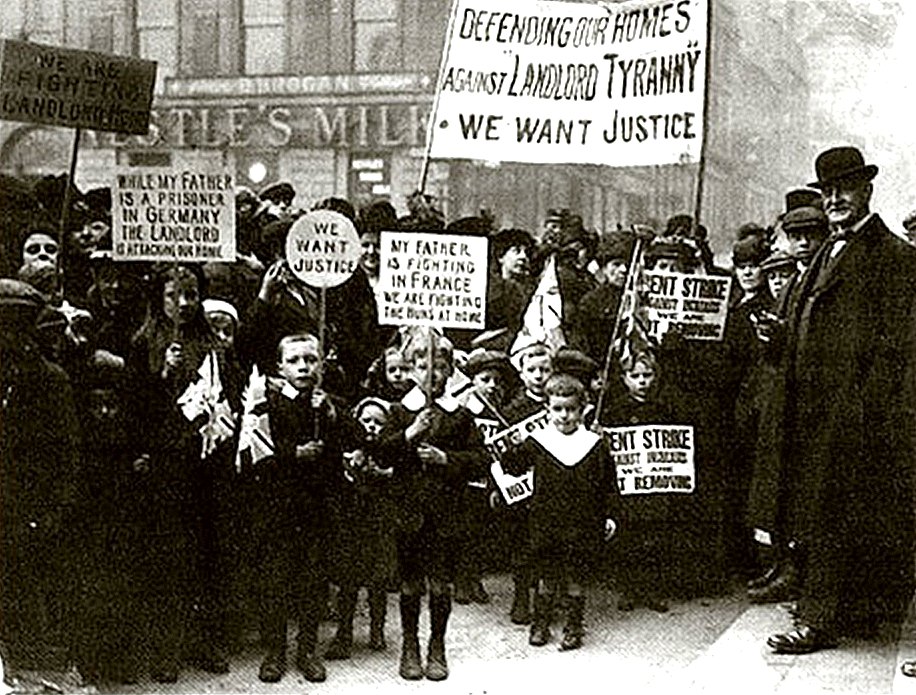 One of the constants in the history of tenant struggles was the key role played by women in organising and building the movement. Because of their network of social ties and regular communications with neighbours across an area, women have historically been able to quickly mobilise support for tenant action across their communities. Nowhere was this role more evident than in the Glasgow rent strike of 1915.
One of the constants in the history of tenant struggles was the key role played by women in organising and building the movement. Because of their network of social ties and regular communications with neighbours across an area, women have historically been able to quickly mobilise support for tenant action across their communities. Nowhere was this role more evident than in the Glasgow rent strike of 1915.
The First World War saw an influx of people into industrial centres to work in the war industries. In Glasgow, the shipbuilding industry was seen as vital to the war effort, and this caused a scarcity of housing. Prior to the war, conditions were already abysmal, with chronic overcrowding and multiple families sharing a single toilet – but things got even worse. With so many men drafted into the army, Glasgow’s landlords saw the remaining women and children as an easy target and imposed a 25% rent increase across the city in February 1915.
With the main wage earners away spilling their blood for the cause of British imperialism, there was no way families could afford this increase without starving. Glasgow already had a Labour Party Housing Committee, which had been formed to campaign for municipal housing, but new organisations began to develop as meetings were held across the city to discuss how to respond to the increase. One of these organisations was a Housewives Housing Association Govan, led by Mary Barbour, who played a vital role in the strike. Very quickly the idea of simply not paying the rent spread through the city and the rent strike began in September.
The level of organisation during the strike was outstanding and a true testament to the abilities of the working class to self-organise. Landlords threatened to send in the bailiffs to evict the rent strikers, but Mary Barbour’s housewives association responded by forming defence squads. Women would act as sentries on the lookout for incoming bailiffs, and when the warning went out the bailiffs would arrive at the property to find it blockaded by a wall of angry housewives and would be forced to retreat while pelted by rotten vegetables. In a similar way to how labour strikes sought to prevent the use of scab labour, the rent strikers picketed any empty homes and prevented new tenants who had agreed to pay the higher rent from moving in. The rent strike was solidly integrated with the Glasgow labour movement, and the trade unions on the docks lent their full support with groups of workers often called upon to help defend against evictions.
The Glasgow Evening Times describes the response to an attempted eviction thusly:
“A soldier’s wife in Parkhead had an eviction notice served on her, with a warning that if she failed to vacate her house by 12 noon on a certain day the Sheriff’s Officer would call to enforce it. The strike committee got busy. They instructed every mother in the district with a young child to be there for 11 am on D-Day, complete with perambulator. Long before noon the close and street were packed with prams, and every pram had at least one youngster in it. No raiding party could have got near the house… by the time the Sheriff’s officers and his clerk arrived there was a crowd of something like 5,000 ready to give them a rousing welcome. It is scarcely surprising that they decided to forget all about the eviction and take their leave.”
By November over 20,000 tenants were on rent strike and the landlords responded by taking 18 strikers to court for non-payment of their rent. On the day of the hearing Mary Barbour led a mass demonstration of women to the court, joined by thousands of dockworkers who left their jobs to follow the march. Before the trial could commence the Sheriff agreed to meet with a deputation of dockworker representatives. The workers’ deputation plainly said that unless the charges were dropped they would lead their men on strike and all of Glasgow’s docks would be shut down. The Sheriff was terrified; he contacted the government to warn that the city was on the brink of revolution and prevailed upon the landlords to drop their charges in order to avert it.
It was clear to government that the movement was so powerful it could not be crushed; the only option was compromise. Lloyd George, the Minister of Munitions, announced they would introduce the Rent Restrictions Act, which set rents for the remainder of the war at pre-war levels. The act passed into law a mere ten days later and the women and workers of Glasgow had won a great victory.
Interwar years
The revolutionary upswing in Britain that followed the end of WWI led to a number of reforms in an attempt to placate the working class. Among these was the policy of ‘Homes fit for Heroes’ and the introduction of a public subsidy for the construction of municipal housing. A number of new estates were constructed across the country, but the building boom didn’t last long as the public subsidy was abolished in 1923.
While there was limited construction of new council housing in the interwar period, little was done to improve the terrible conditions in the slums, and the overcrowding and unsanitary living that had plagued workers since Victorian times remained a fact of life in many cities.
Post-WWII
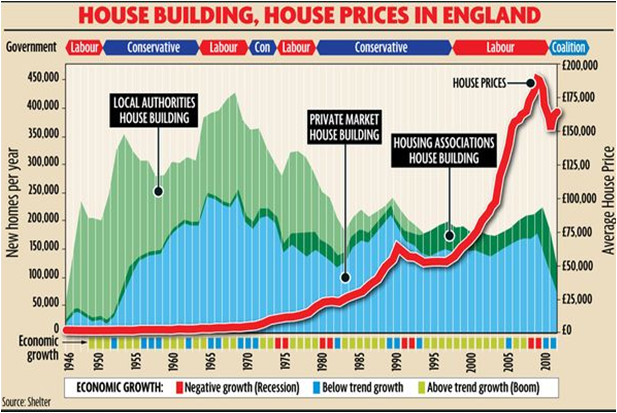
It was only the mass destruction of WWII that would finally ‘solve’ the problem of slum housing in Britain. Nearly four million homes were either destroyed or damaged during the war, with many of the old Victorian tenements and remaining slums among them. This necessitated the construction of a huge number of new houses.
In 1945 the Attlee Labour government was elected. Faced with a private sector both unwilling and unable to provide the necessary investment, alongside the need to cut across a growing revolutionary ferment in society, the Labour government embarked on the biggest construction of housing in UK history.
Aneurin Bevan, the Minister for Health, was responsible for housing in the Attlee government. He had a vision for council housing firmly driven by his brand of reformist socialism, demanding housing of the highest quality for working people. For many of the workers who moved into these new homes it was their first experience of indoor toilets, private bathrooms and electric lighting.
Although the post-WWII boom allowed the continued construction of council housing, under the 1951 Conservative government, the quality and size of the new homes were slashed. The houses constructed in this period were 20% smaller than those built by Bevan. At the same time, the focus shifted towards higher density housing such as tower blocks. Many of these were ‘system built’ (a form of pre-fabrication), and the poor quality of construction combined with design flaws would cause untold misery to unfortunate tenants in the years to come.
These reforms, granted on the basis of struggle, led to the best housing conditions for the working class in UK history. However, even the best capitalism had to offer was far from perfect. The 1964 Wilson Labour government was the last to undertake any serious efforts in house building, and by the late 60s problems started to become apparent. Ken Loach’s first film, Cathy Come Home, caused a national scandal when it shockingly illustrated the problems of homelessness that still existed.
A lack of maintenance and investment, combined with poor quality construction, led to worsening conditions on estates across the country. Alongside a number of rent increases, this led to a wave of tenant activity across the country, with rent strikes and new organisations set up from Exeter to Glasgow. In 1969 a rent increase in Liverpool enraged tenants, who embarked on a six month rent strike, which eventually won a reduction.
Housing Finance Act
In 1972 the Heath Tory government introduced the Housing Finance Act, which forced councils to set “fair” rents, amounting to massive rent increases across the country. Initially 45 Labour councils refused to implement the Act and maintained the existing rent levels, but under pressure from both the government and the right-wing Labour leadership and bureaucracy almost all of them eventually capitulated. The noble exception was the eleven Labour councillors in Clay Cross, who fought to the bitter end until they were surcharged and bankrupted by the government.
The arguments put forward by Labour councillors of the day are eerily familiar to anyone who has fought against local council cuts in the recent period. Councils argued that if they didn’t comply with the Act the government would appoint Housing Commissioners to set the rent themselves, withhold funding, or even fine the council. Supposedly it would be much better for Labour councillors to implement the Act themselves so they could do it ‘responsibly’ and ‘fairly’.
The genuine militants of Clay Cross had no time for such nonsense. When the government sent in a housing commissioner, council workers barred him from entering the building and he was forced to attempt to work from a nearby café. Like the Militant-led Liverpool council in the ‘80s, their failure arose not from their tactics but from the capitulation of other Labour councils, which forced them to fight alone.
In the end, the main struggle against the Act was conducted by the tenants themselves. Over 80 rent strikes – involving tens of thousands of tenants – took place across the country. The strikes varied in militancy and length, with some only withholding the increase and other refusing to pay all their rent.
Perhaps the largest and best organised strikes were in Kirkby, just outside of Liverpool, and Dudley, on the fringes of Birmingham. In Dudley 15,000 tenants withheld the increase up until October 1973 before the pressure from the Labour council became too much to bear and the tenants association caved in. More militant was the Kirkby strike, where over 3,000 tenants lasted 14 months on total rent strike and actually used flying pickets to chase rent collectors from the estate.
Key to their strike was the links built with local workers and the labour movement. In October 1972, 24 employees at the local Birdseye factory took the day off to attend a demonstration; 22 were suspended while two shop stewards were actually fired. The Kirkby tenants staged a massive picket at the factory gates, halting production, and as a result succeeding in having the workers reinstated.
Ultimately the aggressive action of the Labour council broke the strike. Despite the heroic militancy of the tenants, as long as they were isolated without a regional – let alone national movement – they couldn’t withstand the power of the state. The movement against the Act had the potential to defeat the government, but the timidity of the Labour leadership – combined with the lack of an alternate national leadership – meant that individual strikes could be picked off one by one.
Despite the defeat of the movement, it helped to contribute to the eventual downfall of the Heath government, and the level of resistance displayed put Labour in a position where it had to repeal the Act after it won the election.
Thatcher
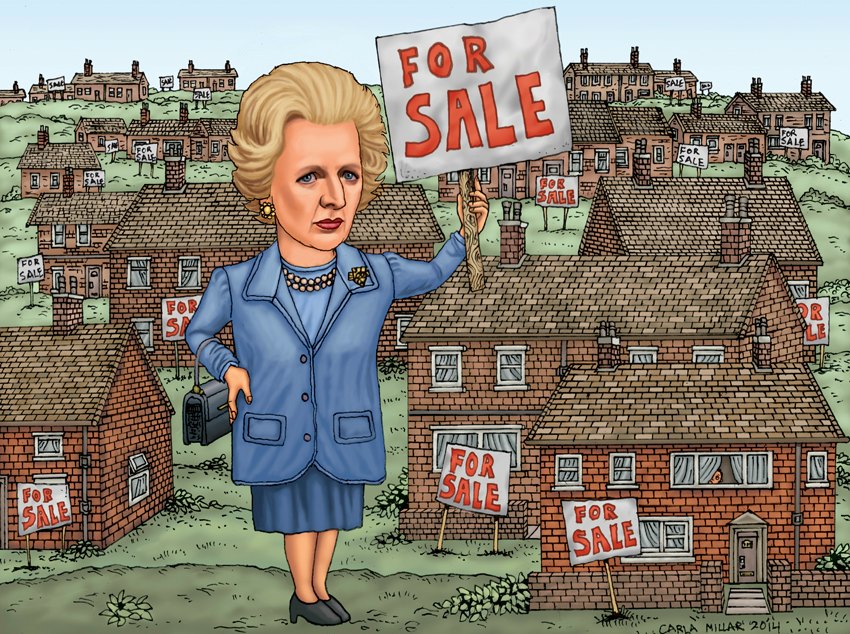 In the mid-1970s, capitalism in the UK entered a prolonged economic crisis that brought with it the birth of Thatcherism and the end of progressive reforms. Instead, cuts and privatisation were the order of the day and housing was not protected from this general programme. The British bourgeoisie and its parliamentary representatives strove to undermine all council and social housing. Thus the roots of the current crisis lie in a number of policies enacted by the Thatcher government of 1979 that transformed the UK housing market.
In the mid-1970s, capitalism in the UK entered a prolonged economic crisis that brought with it the birth of Thatcherism and the end of progressive reforms. Instead, cuts and privatisation were the order of the day and housing was not protected from this general programme. The British bourgeoisie and its parliamentary representatives strove to undermine all council and social housing. Thus the roots of the current crisis lie in a number of policies enacted by the Thatcher government of 1979 that transformed the UK housing market.
Thatcher simultaneously introduced ‘Right to Buy’ while placing an effective ban on the construction of new council housing. This had the impact of decimating the affordable housing supply in the UK. During this time, only the Militant-run Liverpool council defied the ban by building 5,000 new homes.
At the same time, measures were introduced to encourage growth in the private sector. Rent controls were abolished while tenant rights were all but destroyed by the replacement of assured tenancies with shorthold tenancies.
Successive governments provided financial incentives to encourage owner-occupation and Buy-to-Let at the expense of social house building. The mortgage market was deregulated, costly tax breaks were offered to landlords, and cheap foreign credit flowed in. This fuelled the house price boom that underpinned UK economic growth and the accumulation of vast debts, which exploded in the 2008 ‘credit crunch’.
But it would be a mistake to view this simply as an ‘ideological’ attack – part of a neo-liberal project that could have been avoided had we elected a nicer government. The necessity of these policies flowed from the concrete conditions of capitalism itself. In order to temporarily solve the crisis of overproduction and stave of the falling rate of profit, it was necessary to boost consumption through a massive increase in credit and open previously state-dominated sectors to privatisation.
As such, the ‘90s and ‘00s saw a downturn in tenant activity, in line with the class struggle generally. But with the impact of the 2008 crisis continuing to be felt by workers, and the housing crisis getting worse by the day, we are starting to see a revival. With the Tories continuing Thatcher’s work and leading a wholesale assault on what remains of social and council housing, it is only a matter of time until mass tenant action is once again unleashed.
Andy Southwark
Goldsmiths Marxists
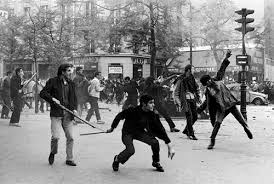
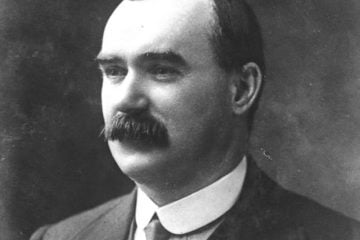
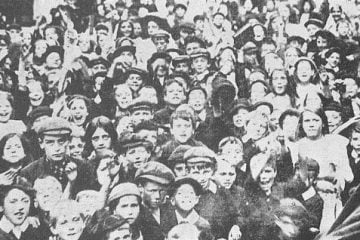

0 Comments